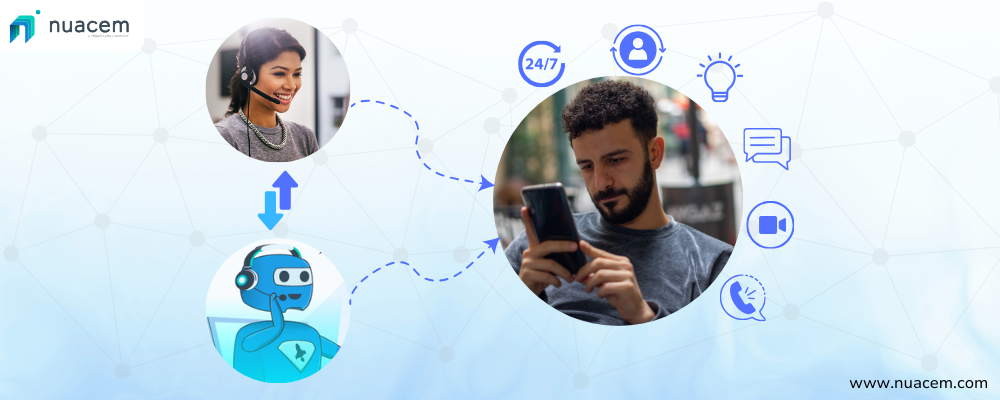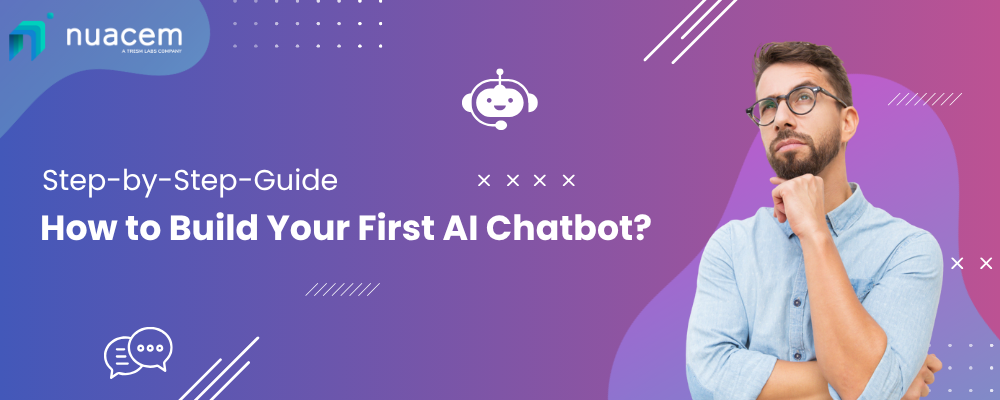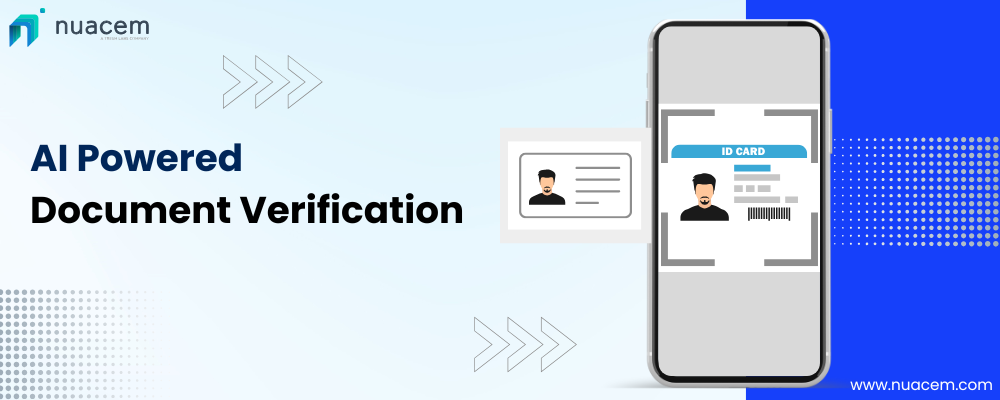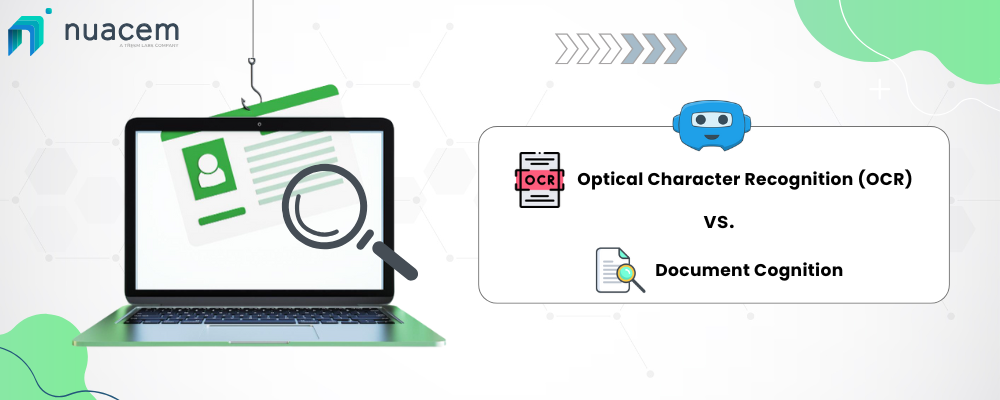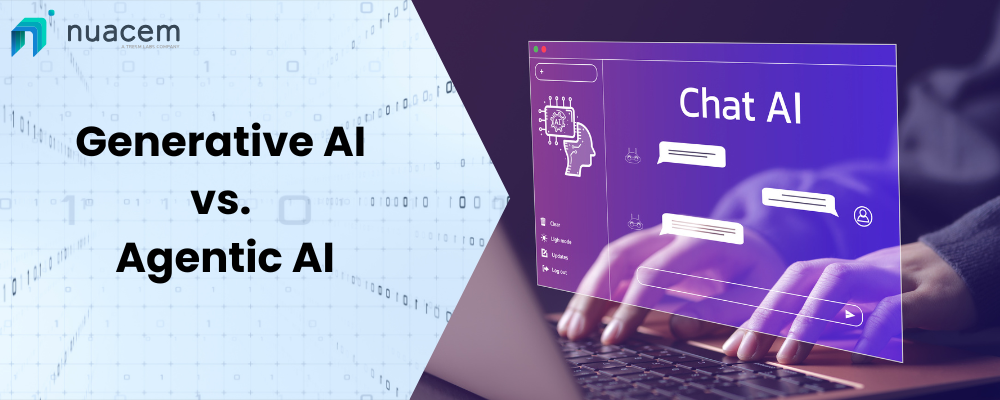Introduction
In today’s fast-paced digital landscape, businesses continually seek innovative ways to enhance customer support services. AI chatbots have emerged as a valuable tool for automating customer interactions and providing immediate responses. However, there are situations where the limitations of AI become apparent, and a human touch is required to address complex inquiries or provide personalized assistance. This is where the concept of live agent handover comes into play. In this blog, we will discover the journey from automation to personalization and delve into the power of live agent handover in AI chatbot solutions.
The Rise of AI Chatbots
AI chatbots have gained widespread adoption across various industries due to their ability to offer 24/7 support, answer FAQ, and handle routine customer inquiries. These bots deliver prompt responses, reduce response times, and improve efficiency. However, as businesses increasingly rely on automation, they must also consider how to maintain the quality of their customer service, particularly in complex and nuanced situations.
The Limitations of Automation
While AI chatbots are adept at handling many tasks, they have limitations. Chatbots operate based on pre-programmed rules and algorithms, which means they may need help understanding context, handling unique or unconventional queries, or providing the empathetic and personalized support customers seek. Moreover, there are certain situations where a human touch is indispensable, such as handling sensitive issues, making critical decisions, or building a deeper emotional connection with the customer.
Live Agent Handover: The Personalization Solution
Live agent handover bridges the gap between automation and personalization. It enables businesses to provide the best of both worlds by seamlessly transitioning from AI chatbots to human agents when necessary. Here’s how it works:
Chatbot Initiation:
The AI chatbot handles the initial customer interaction, quickly addressing routine questions and tasks. Customers appreciate the immediate response and efficient service.
Recognition of Complexity:
The chatbot assesses the complexity of the customer’s request, gauging whether it requires human intervention. It uses NLP Technology to identify keywords or sentiments that may signal the need for a live agent.
Customer's Request for a Human Agent:
Sometimes, the customer may request to switch to a human agent. This can be initiated by typing a specific command or through a user-friendly interface option.
Seamless Handover:
When the chatbot recognizes the need for personalization, it smoothly handovers conversation to the live agent, who can pick up where the bot left off. This handover retains the entire chat history, providing context for the live agent to assist the customer effectively.
Auto-Suggestions for Agent Responses:
Enhancing the capabilities of human agents, AI-driven auto-suggestions provide quick and accurate responses, streamlining the support process and maintaining consistency in communication.
Co-Browsing for Seamless Collaboration:
Live agents and customers can collaborate effectively through Co-Browsing, allowing agents to guide customers through online processes and troubleshoot issues.
NLU Powered Embedded Learning Management:
Natural Language Understanding (NLU) can power embedded learning management systems to ensure that both chatbots and live agents continually improve their responses and adapt to changing customer needs.
Benefits of Live Agent Handover
Personalization: Live agents can provide tailored solutions, show empathy, and build customer rapport, creating a more satisfying experience.
Complex Issue Resolution: Complex or unique issues can be tackled by human agents with critical thinking and problem-solving skills.
Increased Customer Satisfaction: Combining chatbots for efficiency and live agents for personalization can significantly boost customer satisfaction rates.
Efficiency: AI chatbots save time and resources by handling routine inquiries, allowing live agents to focus on more complex tasks.
Scalability: Businesses can effectively scale their customer support operations by blending automation with human intervention.
Data Collection: Live agent interactions provide valuable data for training chatbots and improving customer service.
Conclusion
The transition from automation to personalization is a critical evolution in AI chatbot solutions. Live agent handover allows businesses to maintain the efficiency and convenience of automation while delivering the personalized, human touch that customers value. By seamlessly combining the strengths of chatbots and live agents, enterprises can create a support system that provides the best customer experience to meet the diverse needs of their customers. Companies like Nuacem AI with their innovative products Engagejet provide personalized solutions to meet the diverse needs of their customers, ensuring exceptional customer experiences and driving success in the digital age.

